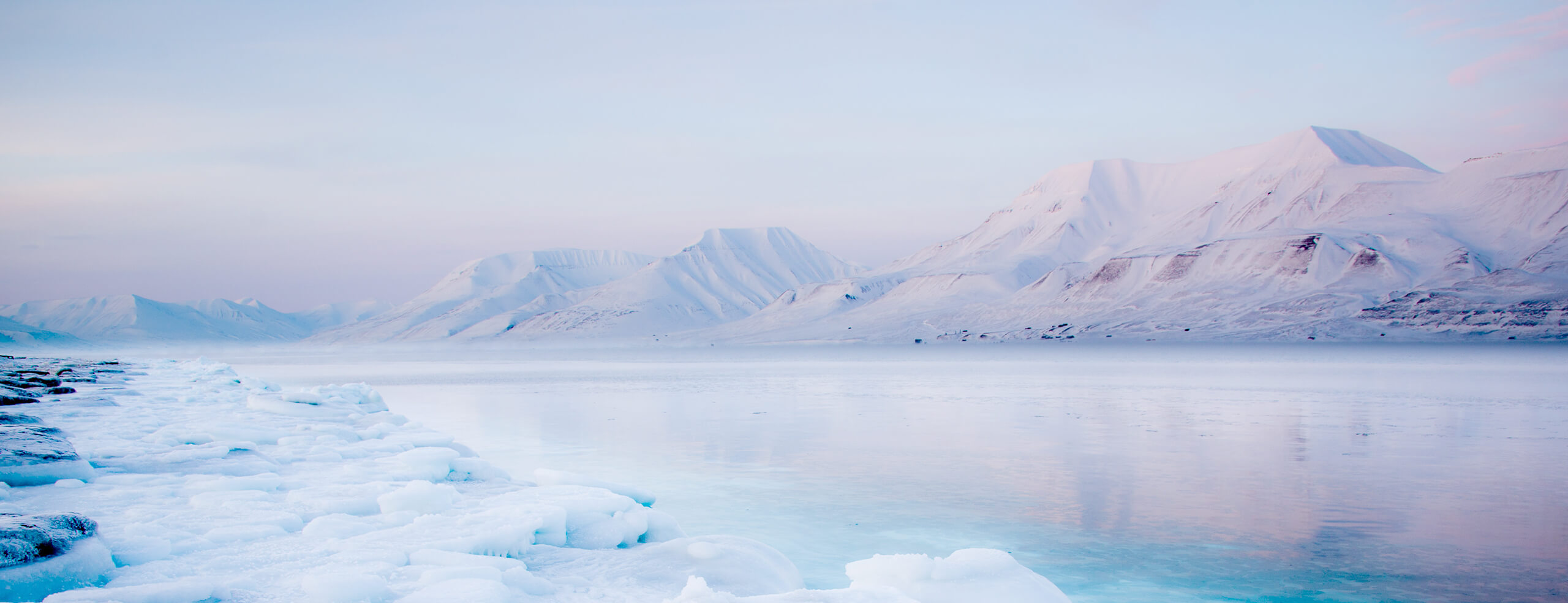Qaujikkaut : an on-line advanced foresight tool of extreme meteorological events and natural hazards in Nunavik
Note : the full title of this project as submitted is "Qaujikkaut : an on-line advanced foresight tool of extreme meteorological events and natural hazards in Nunavik using real-time access to the SILA network of climate and environmental observatories"
Principal investigators
Richard Fortier, Thierry Badard
Co-investigators
François Laviolette, Jean-Michel Lemieux, Daniel Nadeau, Jacynthe Pouliot
Collaborators
Collaborators outside U. Laval
Ellen Avard (Nunavik Research Centre), Stéphanie Bleau (Ouranos), Bertrand Denis (ECCC), Jean-Denis Bouchard (MSP), Véronique Gilbert (Kativik Regional Government), Patrick Graillon (Kativik Regional Government), Nathalie La Violette (MELCC), Guy Dufour (Raglan Mine)
Abstract
In collaboration with several partners (Nunavik Parks-KRG, MELCC, MSP, ECCC, Ouranos, Raglan Mine, CRDIG, and CRDM), this Sentinel North project developed an online advanced foresight tool for extreme meteorological events and natural hazards in Nunavik, called Qaujikkaut (warning in Inuktitut). This tool, available on the web and as a mobile application, was based on the SILA network of climate and environmental observatories jointly operated by the Centre for northern studies and the Ministère de l’Environnement, de la Lutte contre les changements climatiques, de la Faune et des Parcs in Nunavik. The meteorological data from these stations, combined with forecasts from Environment and Climate Change Canada, can be used to identify and anticipate critical environmental situations—such as strong winds, fog, low pressure, heavy precipitation, storm surges, snow avalanches, ice jams, flooding, erosion, and rapid permafrost thaw—factors impacting accessibility and public safety.
Long-term environmental data, including climate re-analyses spanning decades, support the interpretation of past natural hazards in Nunavik. Additionally, high-resolution satellite imagery from Landsat-8 and Sentinel-2 was integrated into the system to assess ice conditions. Using artificial intelligence, big data processing, spatio-temporal analysis, and predictive modeling, these data are analyzed both at specific sites and regionally to diagnose past and forecast future hazards. When thresholds are approached, real-time forecasts of extreme events become available online, helping northern communities and authorities improve situational awareness and response capabilities. This project plays a crucial role in informing and supporting local and regional governments by providing critical data, innovative tools, and expert analysis to enhance their climate risk monitoring and early warning efforts.

